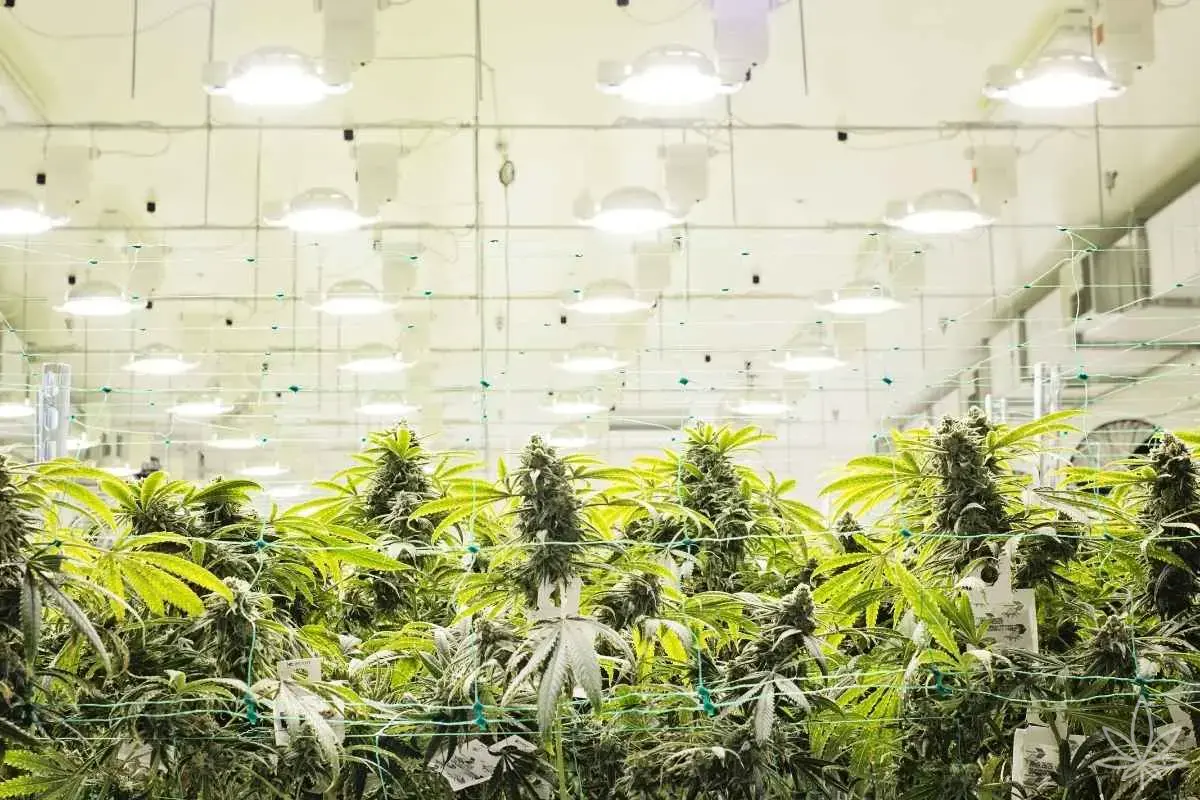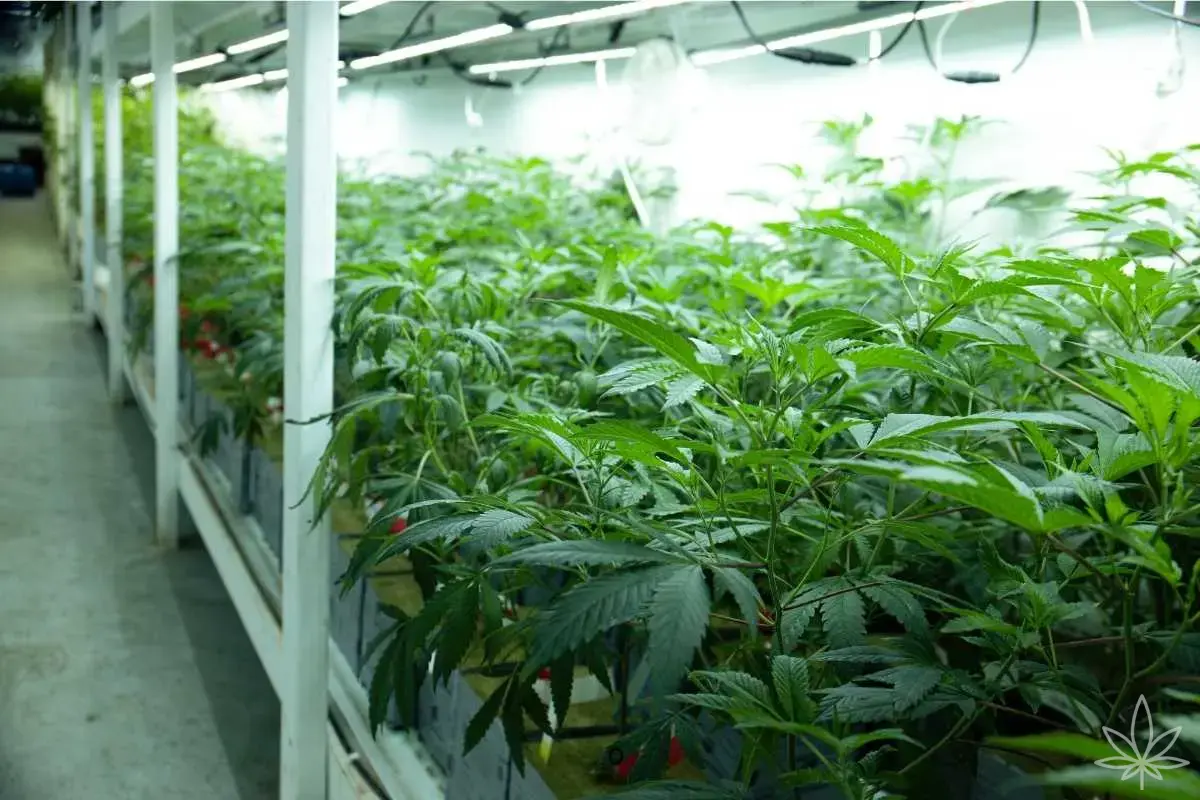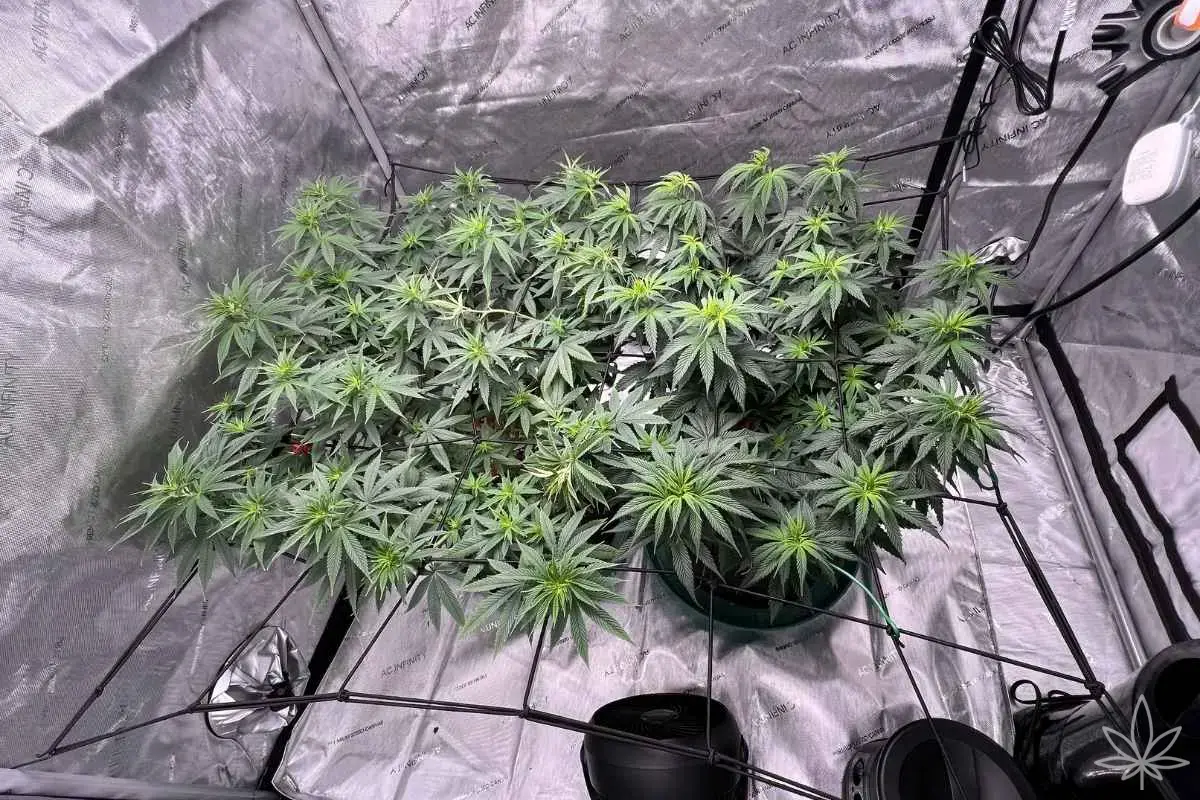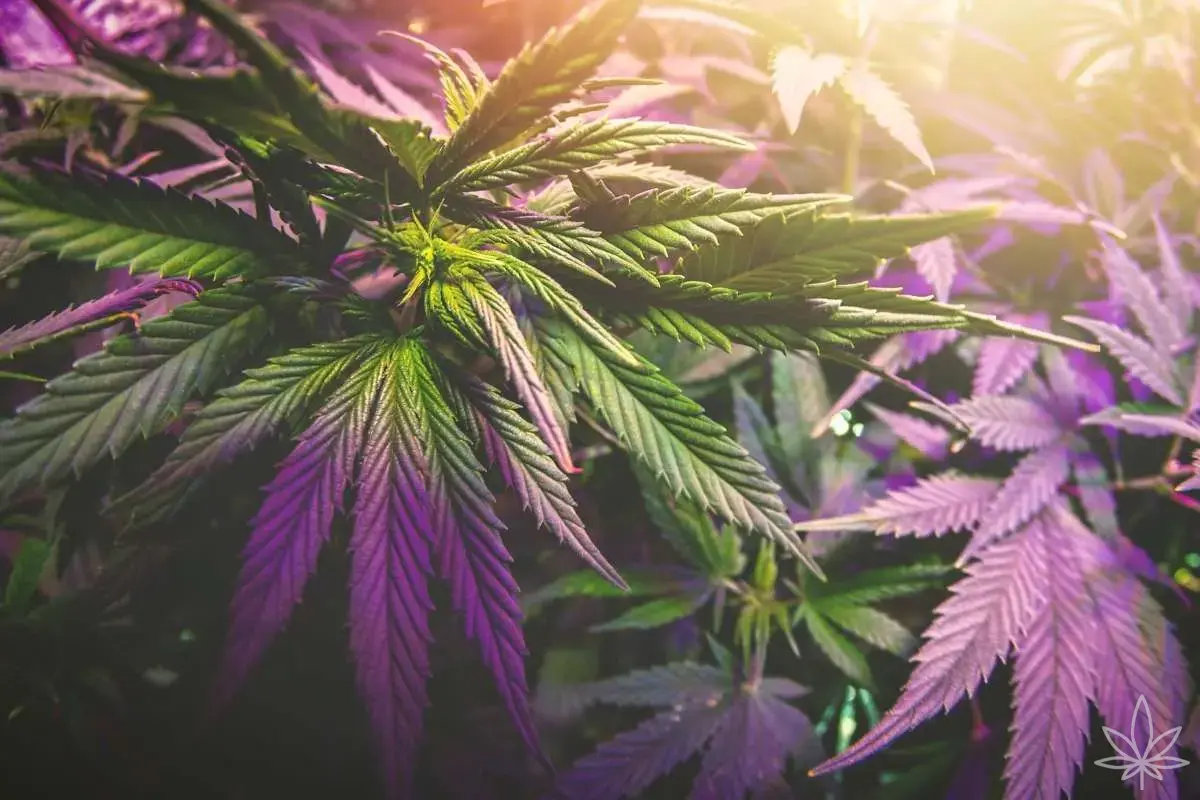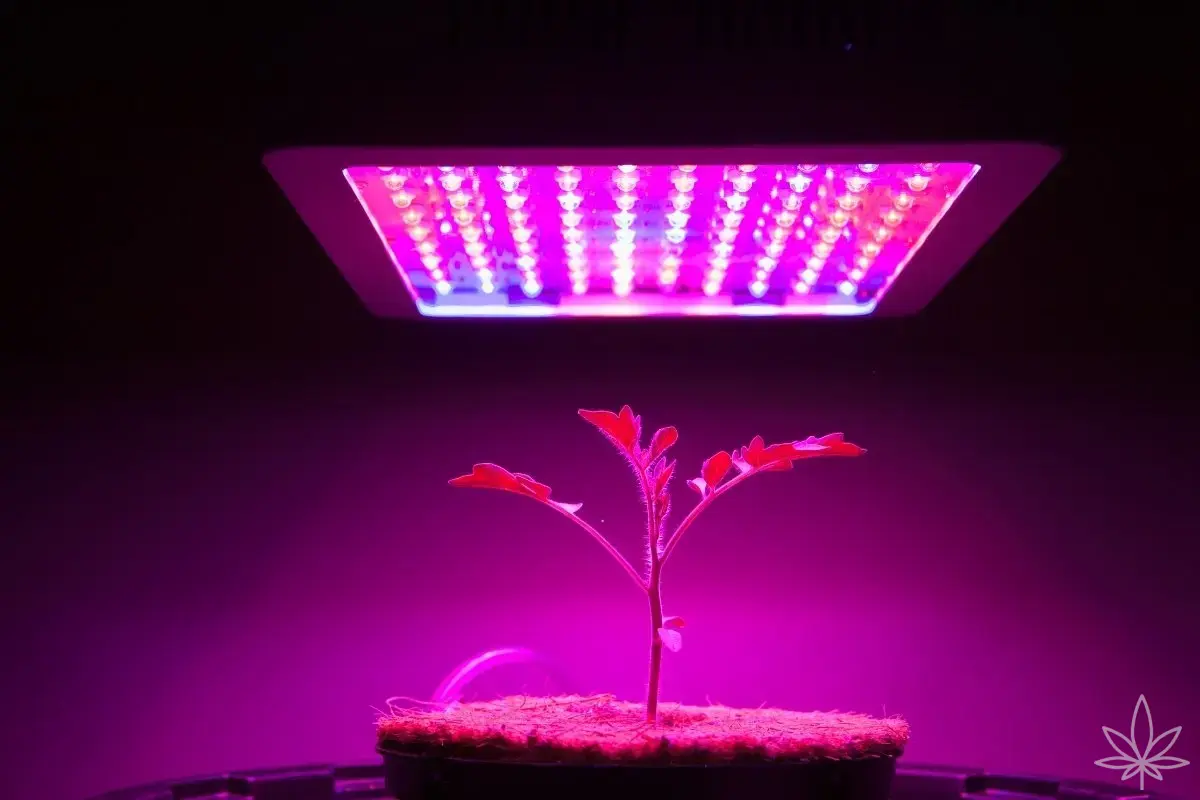In a growroom, light isn’t just “so the plant can see where it’s growing.” It’s a biological clock that tells it whether it’s still in its youth or time to grow up and bloom. A well-set light cycle is half the battle indoors. Get it wrong, and either the plant won’t flower, or you’ll end up with an electricity bill big enough to power a small factory.
From seedling to teenager — the vegetative cycle
At the start, when you’ve got young seedlings, the plant needs as much energy as possible to build green mass. The standard is 18 hours of light and 6 hours of darkness (18/6).
Why not 24 hours a day? Some growers do that, claiming the plant grows faster. But the truth is that darkness matters too. At night, cannabis isn’t sleeping — it’s rebuilding tissues, stretching, and strengthening its roots. Without that downtime, plants often grow weak and more stress-prone.
👉 For beginners, the safest bet: 18/6 throughout the veg stage.
Maturity — when to switch to flowering?
Photoperiod cannabis won’t flower on its own under 18/6. It needs a signal that days are shorter. That signal is the 12/12 cycle — equal light and darkness.
Usually you switch when the plant has reached a good size, for example 30–40 cm tall in a 120×60 cm tent, or after 4–6 weeks of veg.
Important here:
- darkness must be absolute. If there’s a blinking LED from a fan or light leaks through gaps, the plant can get confused and go back into veg or even turn hermie.
- At this point, it’s worth ensuring higher light intensity (around 800–1000 µmol/m²/s), because this is when real flower production begins.
And what about autoflowers?
Autos are a different story. They don’t care about the light cycle, only their internal clock. They usually flower after 3–5 weeks regardless of whether you give them 18/6 or 20/4.
- 20/4 — popular schedule because it gives them more photosynthesis time while still leaving a rest period.
- 18/6 — more economical, often no difference in yield.
- 24/0 — some growers try it, but many autos seem “worn out” and less aromatic.
Unusual schedules and experiments
- 12/12 from seed — a quick trick for growers who want small plants and fast harvests. You switch to 12/12 right from sprouting. Plants stay tiny, but you can pack the tent densely and get a quick yield.
- Gas Lantern Routine (GLR) — experimental system: e.g. 12h light, 5.5h dark, 1h light, 5.5h dark. In theory it saves electricity, but it needs strict timing and discipline.
- Long veg (20/4 or 24/0) — in theory produces bigger plants, but not every strain tolerates it well.
What happens if you mess up the cycle?
- Too short veg under 12/12 = tiny plants.
- Too long veg under 18/6 = a jungle you can’t manage in your tent.
- Light leaks during 12/12 = stress, possible hermies.
That’s why growers emphasize: keep the cycle stable and block all stray light from the box.
Conclusion
Light isn’t just energy — it’s the plant’s calendar.
- 18/6 during veg is the golden standard.
- 12/12 during flower is a must for photoperiod strains.
- Autoflowers do fine on 20/4, no switch required.
- Unusual schedules are fun but best left to more experienced growers.
👉 The key: be consistent. Cannabis loves regularity — and it’ll pay you back with steady, chunky yields.

